Principal Investigators
Raphael Bousso
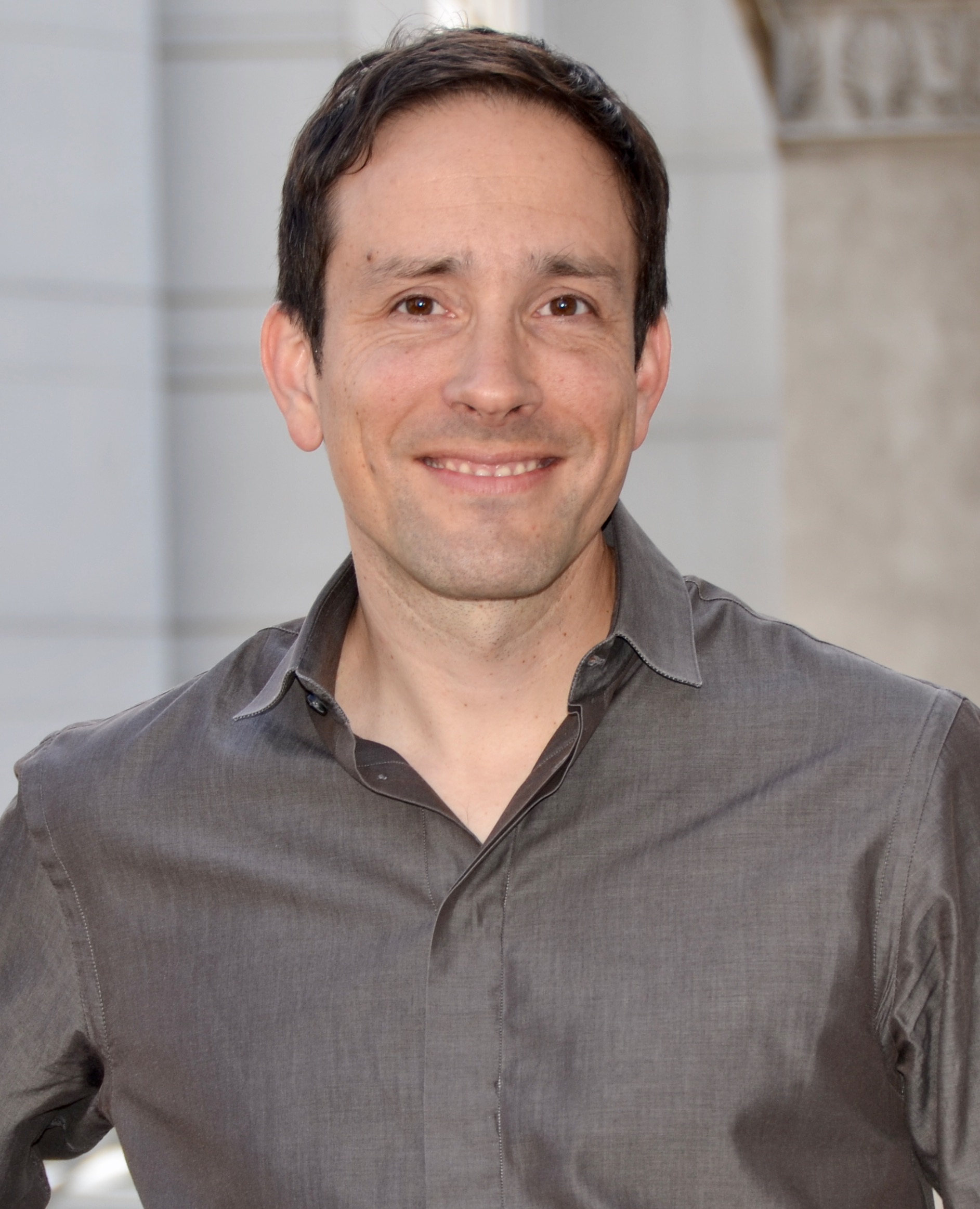
I am interested in quantum gravity and cosmology. My research focuses on the deep role that quantum information plays in these settings. According to the covariant entropy bound, the geometry of spacetime is closely related to its information content. We have sharpened and strengthened this "holographic" relation in recent years. Though strictly a hypothesis about quantum gravity, entropy bounds have become a discovery tool that is yielding new, provable features of relativistic quantum field theory, such as the quantum null energy condition. These and related insights have led to fruitful interactions with quantum information theory and condensed matter physics. They also have useful applications to benchmarking current quantum computing platforms. I lead GeoFlow, a multi-institutional consortium of theorists and experimentalists working at the interface of these areas.
Brief bio: I grew up in southern Germany. (I was born and have family in Israel but never lived there.) When I was little, I thought math was interesting, and I still do. But I decided instead to try to figure out how the universe works. I studied with Stephen Hawking in Cambridge, and I spent postdoc years at Stanford, KITP (Santa Barbara), and Harvard, before joining UC Berkeley as faculty (since 2003).
Post-Docs
Stefano Antonini
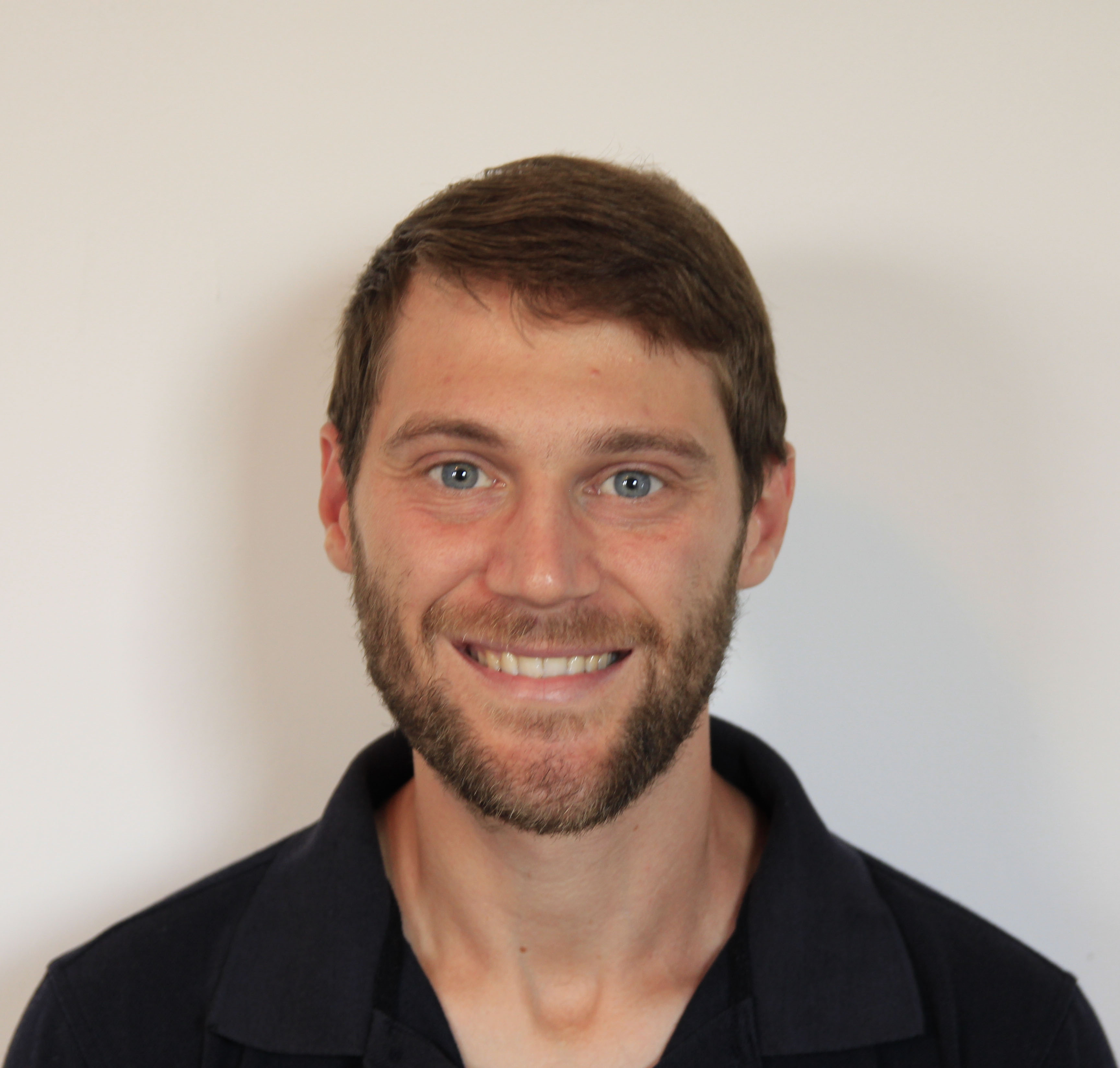
I am interested in quantum gravity and cosmology. My research has focused on understanding cosmology in holographic quantum gravity and on using quantum information theoretic tools to explore the properties of quantum gravity. I am also interested in understanding the precise role the gravitational path integral can play in the quantization of gravity.
Jeevan Chandra

Gabriele Di Ubaldo

I am interested in understanding quantum gravity using conformal field theory (CFT). In particular, my research is focused on the emergence of black hole physics and wormholes from a microscopic chaotic CFT using analytical bootstrap methods and tools from the study of quantum chaos.
Pratik Rath

I am interested in applying ideas from quantum information theory to understand quantum gravity. My research has focused on using random tensor networks as toy models for quantum gravity and understanding the holographic duals of various entanglement measures such as entanglement entropy, entanglement negativity and reflected entropy. I am also interested in extracting lessons for quantum gravity from the gravitational path integral.
Martín Sasieta
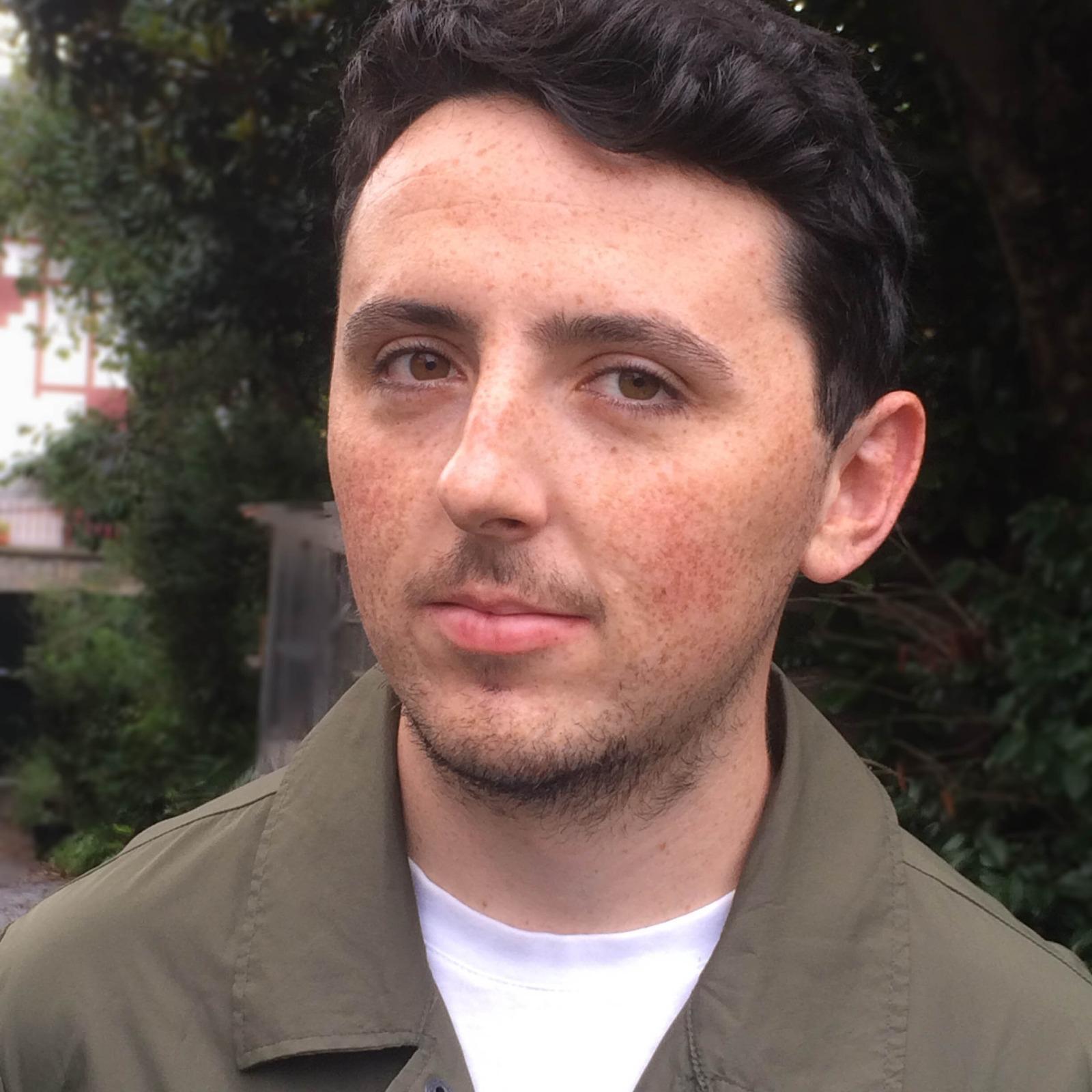
I am broadly interested in quantum gravity, with a particular focus on holography. My recent work explores the holographic description of black hole interiors and closed universes, through the lens of quantum chaos and quantum information.
Arvin Shahbazi-Moghaddam

I am broadly curious about the fundamental theory of quantum gravity, and in recent years focused on how semiclassical gravity emerges from this underlying theory. Specifically, I have worked on imprints of this underlying theory onto the semiclassical world which often takes the form of information-theoretic constraints. I have also been exploring ways in which the semiclassical approximation can fail completely, for example at the black hole singularity.
Graduate Students
Luis Bariuan
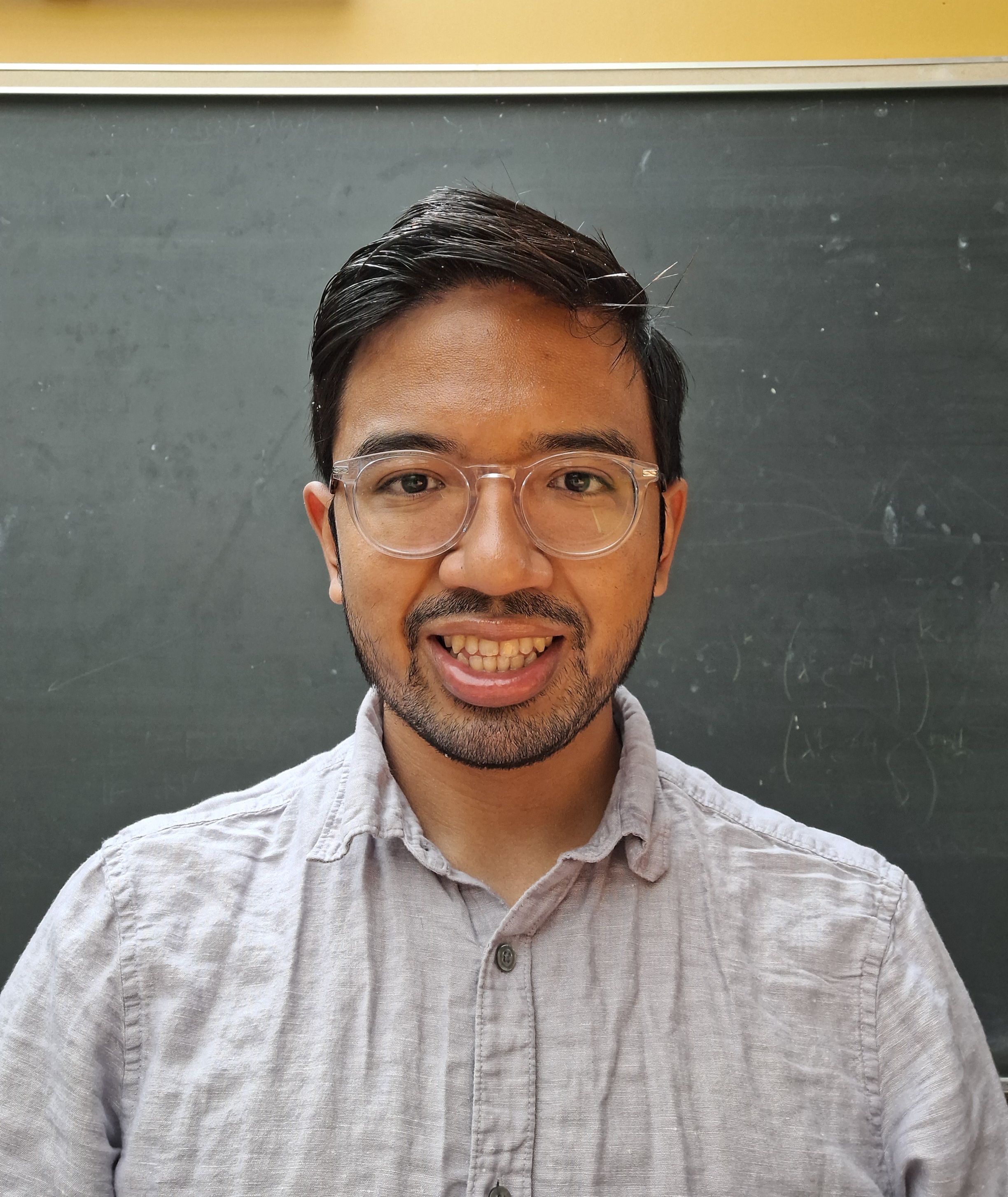
I am interested in quantum gravity and cosmology. My research currently focuses on understanding cosmology using tools of holographic quantum gravity and studying the imprints of holography in more general settings.
Sami Kaya
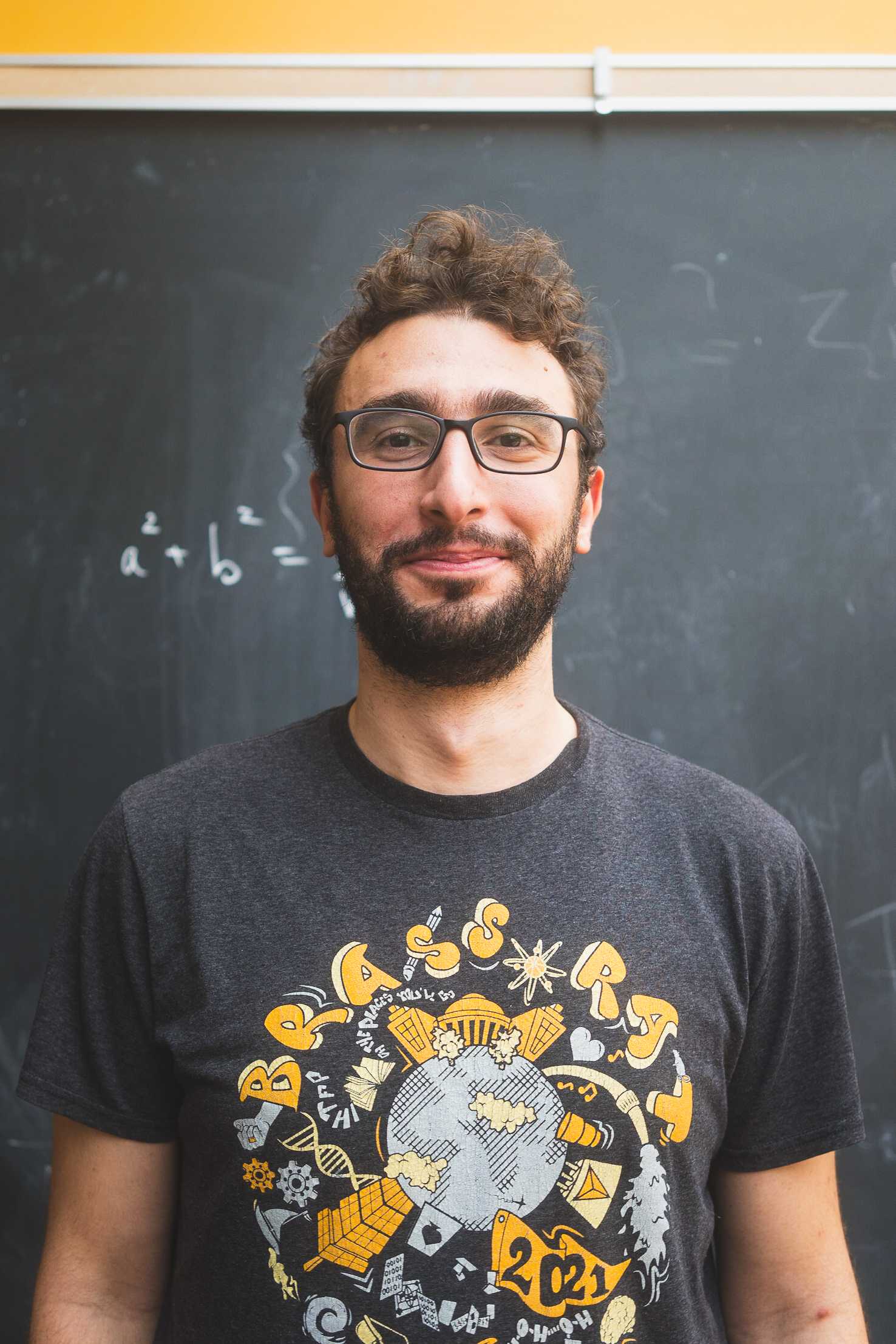
I am broadly interested in applying concepts from quantum information theory to further our understanding of quantum gravity. Currently I am focusing on understanding various multipartite entanglement measures and studying the role of multi-partite entanglement in spacetime connectivity. I am also interested in studying Quantum Gravity in the Lab type of protocols to understand holographic properties of various CFTs.
Guanda Lin
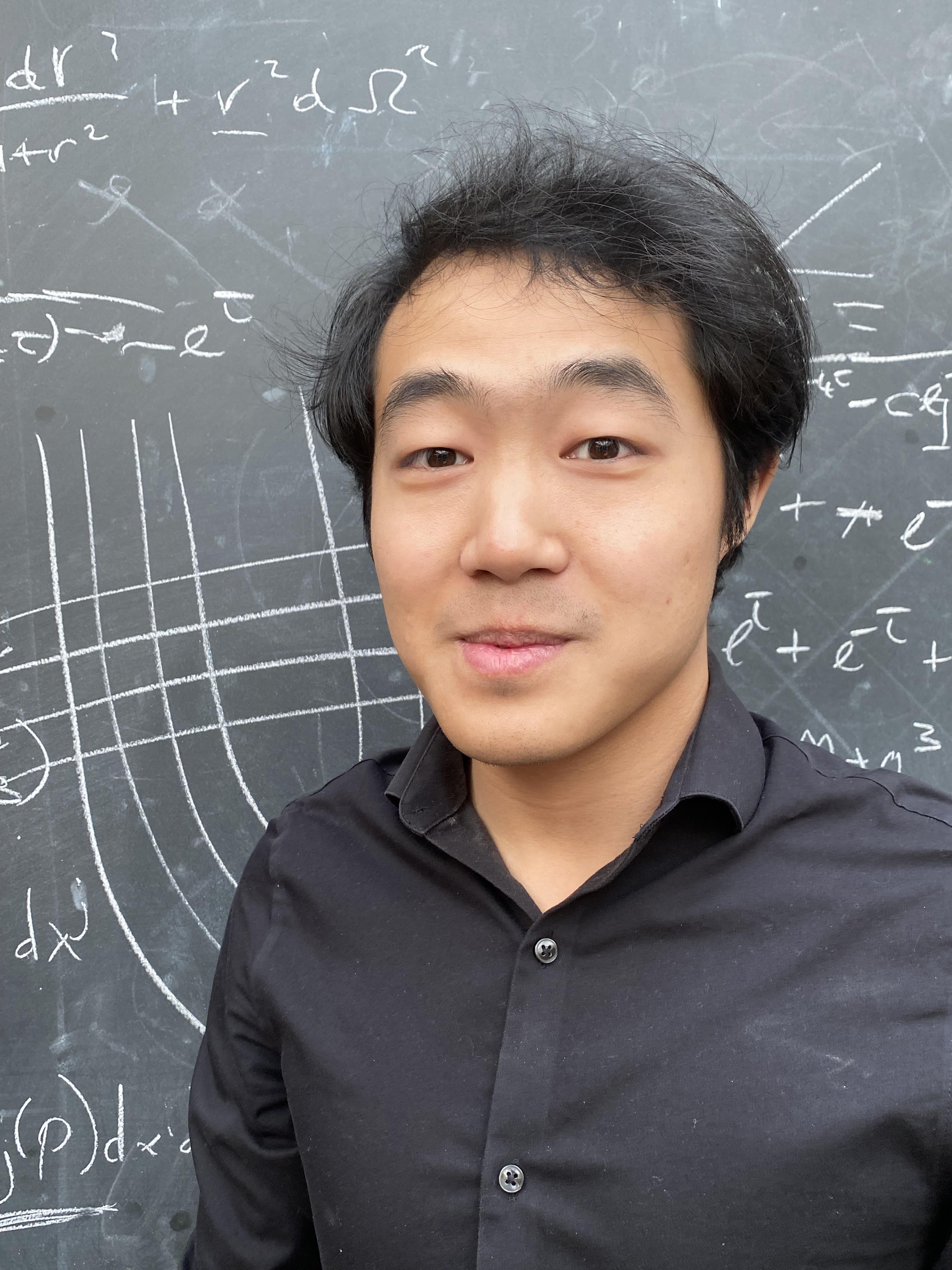
My research interests mainly focus on understanding perturbative and non-perturbative aspects of quantum gravity, especially from the perspective of low-dimensional toy models. I'm also interested in various field theory problems, including scattering amplitudes, topological field theory and conformal field theory.
Recent Alumni
Post-Docs
- Phil Saad
- Sean Colin-Ellerin
- Hugo Marrochio
- Masamichi Miyaji
- Ning Bao
- Grant Remmen
- Tom Rudelius
Graduate Students
- Vincent Su
- Liz Wildenhain
- Ven Chandrasekaran
- Pratik Rath
- Arvin Shahbazi-Moghaddam
- Illan Halpern
- Adam Levine
- Chris Akers
- Mudassir Moosa